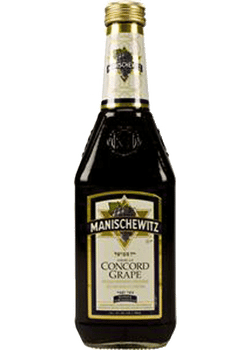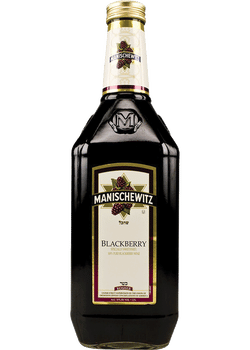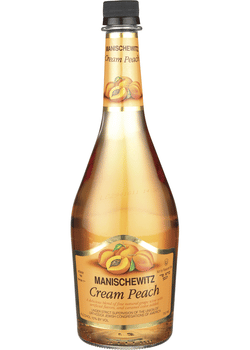Dutch colonists cultivated New York’s first grapevines on the island of Manhattan almost 400 years ago. While most of that real estate has since been put to other, non-agricultural, uses, the rest of New York State has become a flourishing source of unique and high-quality wines.
The Empire State is the nation’s third-largest producer of wines, after California and Washington. The state boasts five primary wine regions: the Finger Lakes, Hudson River, Lake Erie, Niagara Escarpment and Long Island.
The Finger Lakes AVA, in western New York, is the state’s most established region for wine production. It continues to grow as winemakers push beyond the shores of Canandaigua, Keuka, Seneca and Cayuga lakes to farm around the smaller lakes to the west. All 11 lakes were carved by glaciers some 10,000 years ago, and the surrounding hills and deep waters of the lakes themselves provide a moderating influence to the long, cold winters. Still, the region produces the best wines from varieties that thrive in northern climates – Riesling especially, but also Gewurztraminer, Pinot Noir and grapes for sparkling and ice wines.
This wasn’t always the case. Historically, New York’s native varieties, such as Catawba and Niagara, have been used to make sweet and grapey wines. The classic international varieties used for fine wines – vitis vinifera – couldn’t survive New York’s cold. Yet in the late 1950s, viticulturist Konstantin Frank arrived in the Finger Lakes and showed how more delicate vines could indeed survive if grafted onto native rootstock, as he’d learned in his homeland, Ukraine. Following his lead, winemakers in the Finger Lakes and the rest of New York now grow a wide range of grapes that not only survive but thrive in New York weather.
Further upstate, Pinot Noir is now a standout in the Niagara region’s well-drained soils. In the southeast, winemakers on Long Island’s North Fork specialize in Bordeaux grapes – particularly Cabernet Sauvignon and Merlot – which perform well in the maritime climate and sandy soils.



